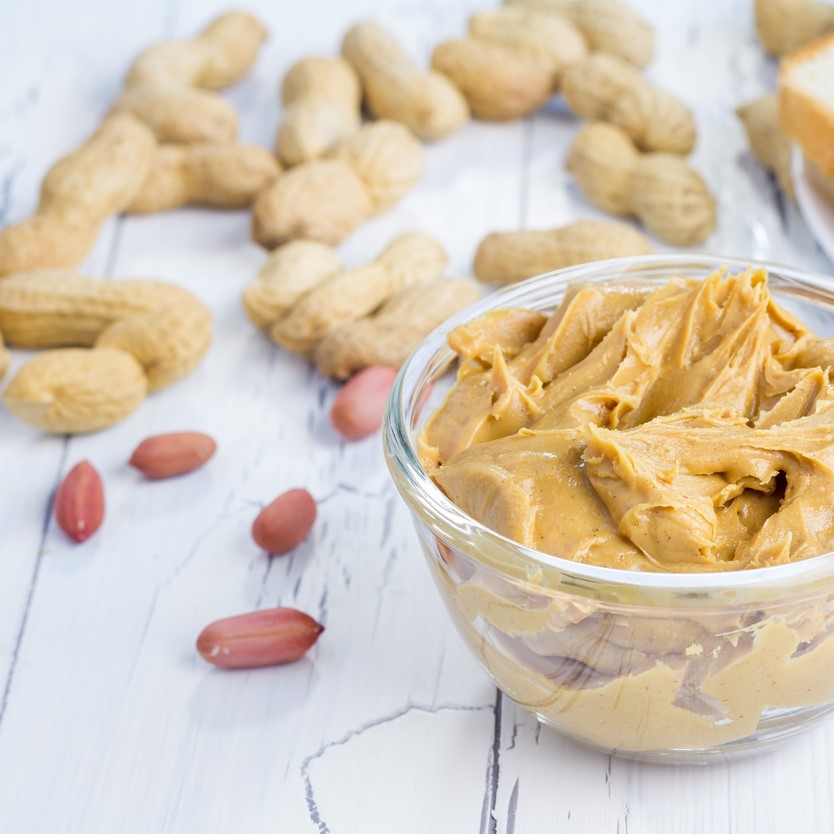Quick facts
- Peanut allergy is one of the most common food allergies, and it is considered a priority food allergen by Health Canada. Priority food allergens are the foods that cause the majority of allergic reactions.
- Peanuts are a member of the legume family, and not related to tree nuts. A person can be allergic to peanuts and not be allergic to tree nuts, or they can be allergic to both.
- Lupin (or lupine) is an ingredient that is increasingly being used in foods, especially gluten-free products. It is a legume belonging to the same plant family as peanuts, and some people are allergic to both. It is recommended for anyone with a peanut allergy to avoid products containing lupin until they have consulted with their allergist.
- It was once considered that all peanut allergies were lifelong. However, some studies have shown that some children may outgrow their peanut allergy. If your child has peanut allergy, consult with your allergist before reintroducing peanut products.
- Many international cuisines use peanuts in food, including, Indonesian (e.g., satays), Thai (e.g., curries), Vietnamese (e.g. crushed peanut as a topping, spring rolls), Indian (e.g., certain curries), and Chinese (e.g. egg rolls, certain sauces).
Allergic reactions to peanut
If you have an allergy to peanut, keep an epinephrine auto-injector (e.g., EpiPen®, ALLERJECT®) with you at all times. Epinephrine is the first-line treatment for severe allergic reactions (anaphylaxis).
__aware
Be allergy-aware: How to avoid peanut
- Read ingredient labels every time you buy or eat a product. If the label indicates that a product “Contains” or “may contain” peanut, do not eat it. If you do not recognize an ingredient, if there is no ingredient list available, or if you don’t understand the language written on the packaging, avoid the product.
- Do the Triple Check and read the label:
- Once at the store before buying it.
- Once when you get home and put it away.
- Again before you serve or eat the product.
- Always carry your epinephrine auto-injector. It’s recommend that if you do not have your auto-injector with you, that you do not eat.
- Check with manufacturers directly if you are not sure if a product is safe for you.
- Be careful when buying products from abroad since labelling rules differ from country to country.
- Watch for cross-contamination, which is when a small amount of a food allergen (e.g., peanut) gets into another food accidentally, or when it’s present in saliva, on a surface, or on an object. This small amount of an allergen could cause an allergic reaction.
__types
Other names for peanuts
- Arachide
- Arachis oil
- Beer nuts
- Cacahouète/cacahouette/cachuète
- Goober nuts, goober peas
- Ground nuts
- Kernels
- Mandelonas, Nu-Nuts (a nut-flavoured peanut confection)
- Nut meats
- Valencias
__sources
Possible sources of peanuts
- Almond & hazelnut paste, icing, glazes, marzipan, nougat
- Asian cuisine such as curries, egg rolls, pad thai, satay, Szechuan and other sauces, gravy, soups
- Baked goods like cakes, cookies, donuts, energy bars, granola bars, pastries
- Candies, such as mandelonas, chocolates, and chocolate bars
- Cereals and granola, granola bars
- Chili
- Chipotle sauce and other Mexican/Latin sauces
- Ice cream and flavoured ice water treats, frozen desserts, frozen yogurts, sundae toppings
- Dried salad dressings and soup mixes
- Hydrolyzed plant protein/ hydrolyzed vegetable protein
- Faux nuts made from re-formed peanut products (Nu-NutsTM)
- Peanut oil
- Snack foods such as dried fruits, chewy fruit snacks, trail mixes, popcorn, pretzels, chips
- Vegetarian meat substitutes
- Edible fruit arrangements
__non_sources
Non-food sources of peanuts
- Ant bait, bird feed, mouse traps
- Cosmetics, hair and skin care products, soap, sunscreen
- Craft materials
- Medications, vitamins, and health supplements
- Mushroom growing media
- Pet foods and pet toys
- Sunscreen and other creams
- Stuffing in children’s toys
Note: These lists are not complete and may change.
__report
Report a reaction
If you believe you may have reacted to an allergen not listed on the packaging, you can report it to the Canadian Food Inspection Agency, which may issue a product recall. Find out more on our Food Labelling page.

